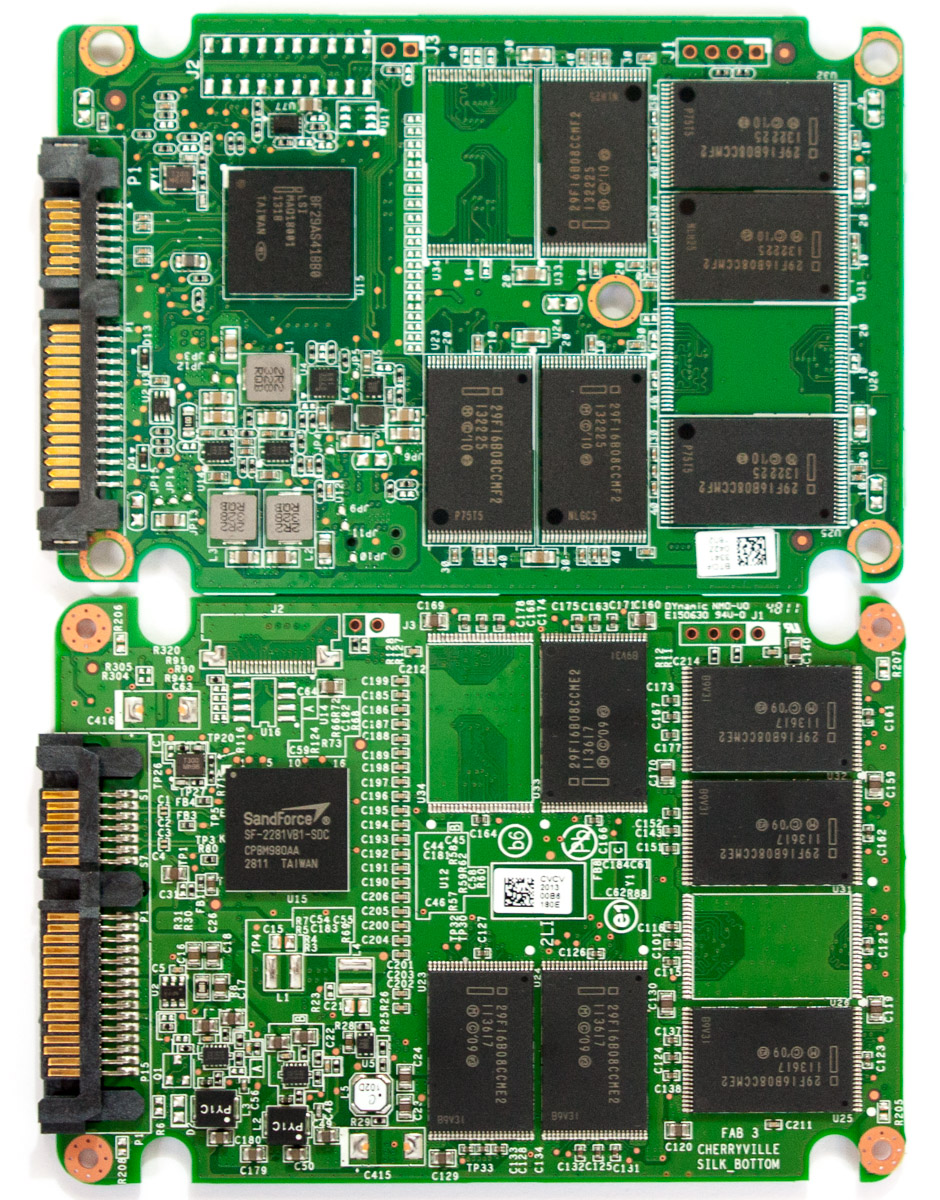Intel SSD 530 Review: A Revised Controller And 20 nm Flash
Intel recently lifted the veil on a replacement for its SSD 520, not surprisingly called the SSD 530. It partners new SandForce silicon with IMFT's 20 nm flash for better power consumption and a more modest price tag. Does the evolution pay off?
SSD 530 Offers Sassy Looks, Solid Performance, And So-So Pricing
It was only a matter of time before Intel was compelled to ditch the consumer-grade 25 nm flash in its SSD 520 for something more...modern. Economically, it's what makes sense, and likely helps explain why SSD 530s are a bit cheaper than the SSD 520s that came before.
We would have loved to see the next generation of controllers from LSI/SandForce make their debut in Intel's SSD 530 series, but it'll be a few months more before that hotly-anticipated silicon makes its first appearance. Instead, we get the B02 stepping of the company's mature second-gen technology, which is more interesting for its DevSleep support and corrected AES-256 encryption than any effect it has on performance.
This general sentiment carries over to Intel's SSD 530. It's a little slower in some metrics than the drive's predecessors, but there's very little chance of those benchmark numbers being reflected in a real-world client workload. This drive is, for all intents and purposes, an SSD 520 that Intel smartly renames in order to avoid any confusion over its internals. The fact that it sports 20 nm NAND helps palpably with pricing, and we'd expect the SSD 530 to come down more over time.
Right now, it looks like the OEM version of our 180 GB SSD sells for $170, while the retail SKU is priced at $200. You'll need to decide if the boxed version's bundle is worth the extra cash. For most enthusiasts, we'd recommend skipping the boxed 180 GB model and snagging the retail 240 GB drive, which is available at the same $200 price point with all of the same accessories (not to mention a significant speed increase, too). That's $.83/GB on an Intel drive. Plenty of other vendors out there sell for less per gigabyte, but it's rare to see Intel's premium desktop models dipping so low.
What Happens From Here?
After speaking with a few vendors reliant on SandForce's controllers, it seems that the next-gen processor delay is really hurting. OCZ purchased Indilinx and moved away from its SandForce dependence a while ago, while other vendors branched out with solutions based on alternate silicon. Meanwhile, the big-name vendors making money with SandForce-controlled products have had to watch the competition refresh their line-ups with more modern drives.
Intel could always drop its own celebrated 6 Gb/s controller into upcoming client-oriented SSDs. However, the fact that the company is branding SandForce-based parts with its own label (and possibly folding in enhancements of its own), suggests that it sees promise in what LSI/SandForce is doing. The processor found in Intel's SSD DC S3500 and S3700 isn't particularly well-optimized for low power consumption, so it might not even be the best option in a client environment, particularly when SandForce's technology is already working so well.
Get Tom's Hardware's best news and in-depth reviews, straight to your inbox.
Current page: SSD 530 Offers Sassy Looks, Solid Performance, And So-So Pricing
Prev Page Results: Power Consumption

